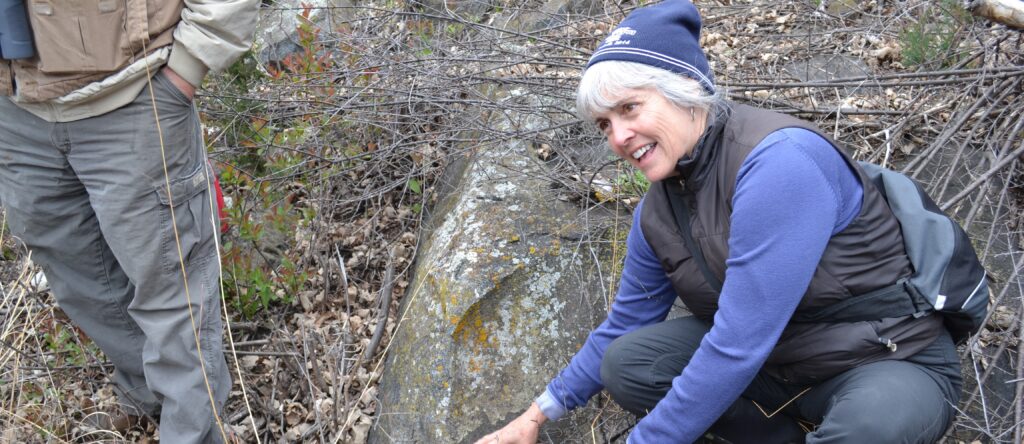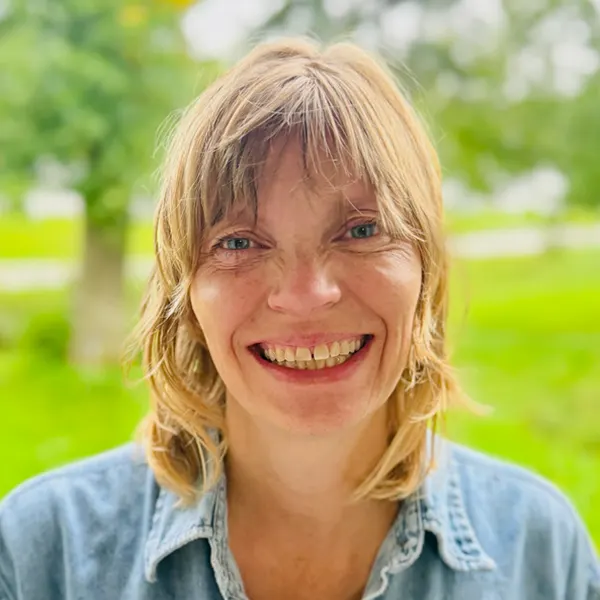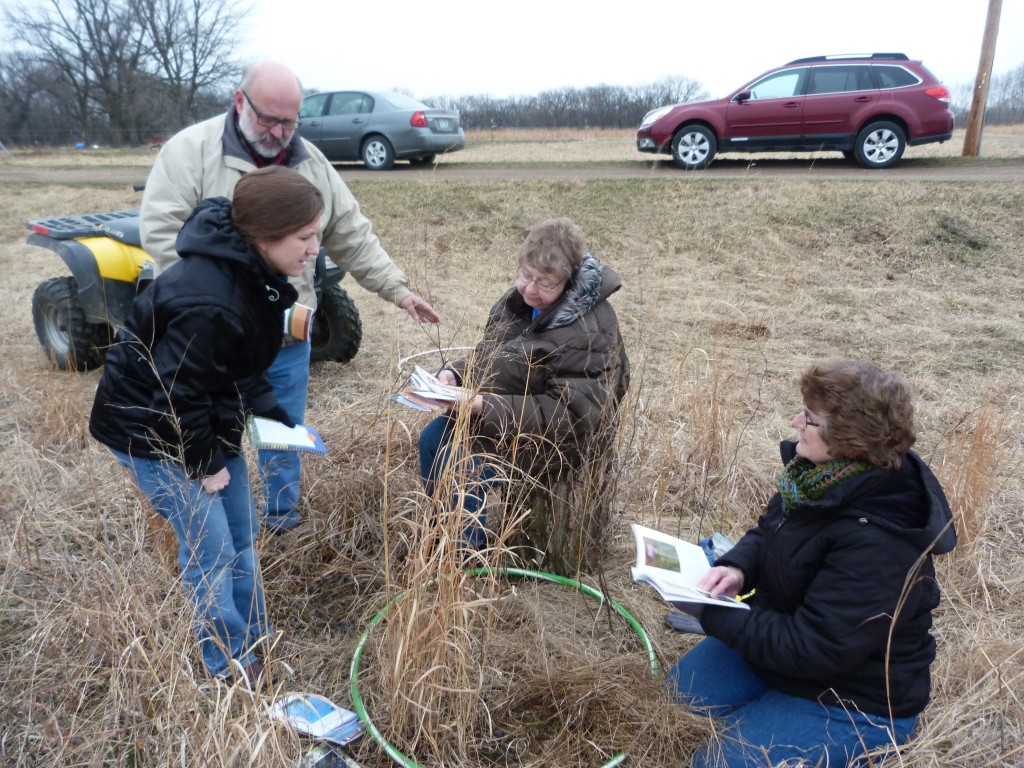
The CURE Events & Adventures Program is all about connecting people with the outdoors, and this spring we partnered with the Minnesota Master Naturalist program and hosted our first Prairie & Potholes Biome training. For eleven weeks, sixteen people from all over southwestern Minnesota gathered to learn about the ecology, geology, and history of the Prairie & Potholes Biome (region) of southwestern Minnesota.
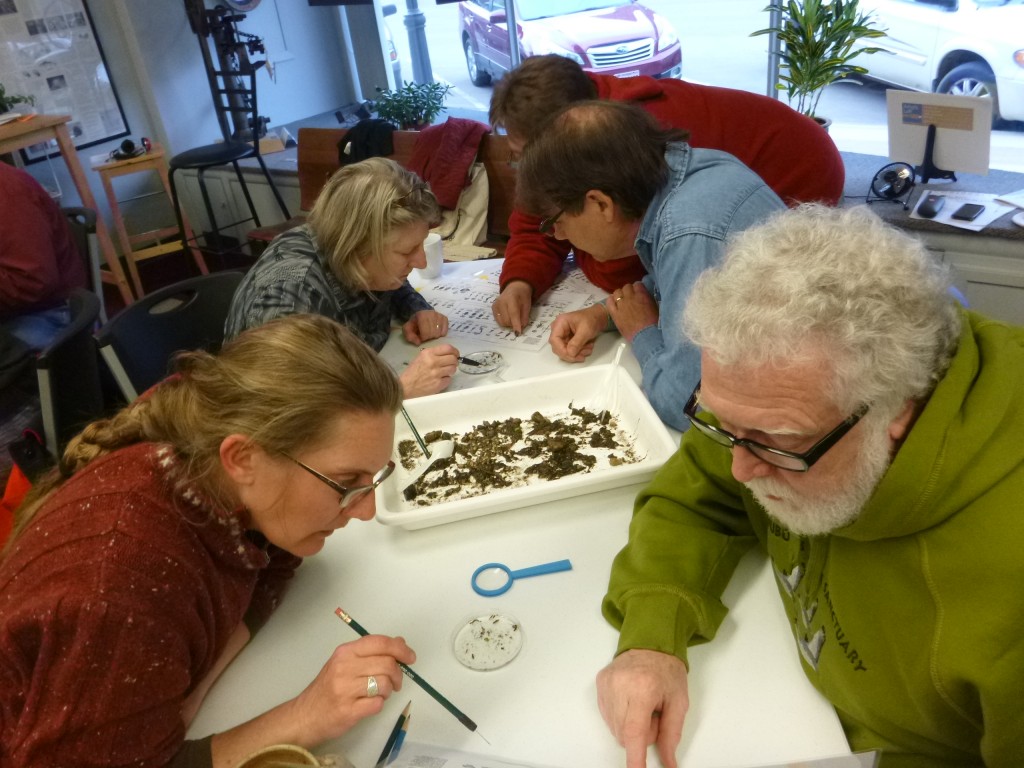
The mission of the Minnesota Master Naturalist (MMN) program is to promote awareness, understanding, and stewardship of Minnesota’s natural environment by developing a corps of well-informed citizens dedicated to conservation, education, and service within their communities. The MMN program is a joint effort of the University of Minnesota Extension and the Minnesota Department of Natural Resources (MN DNR).
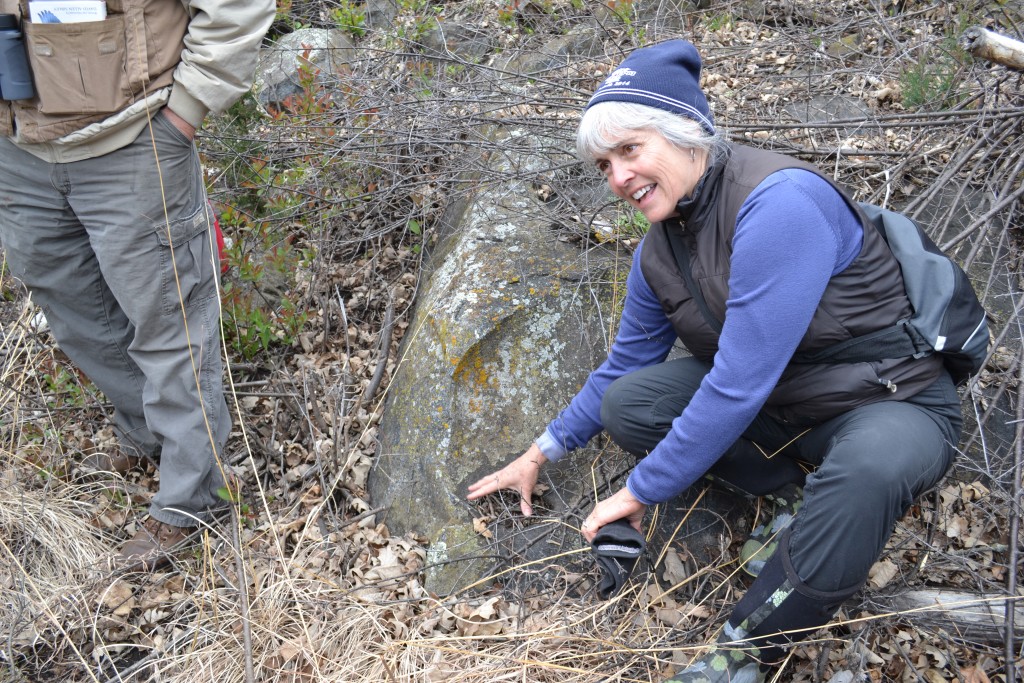
In addition to meeting every Tuesday evening from 6 to 8:30 pm, there were two field days. The first field day was led by Dr. Carrie Jennings, a glacial geologist with the MN DNR. She shared her knowledge of the distribution of glacial sediment in Minnesota as well as the history of landscape and river evolution as it relates to the Minnesota River Valley. The day included stops at the Blue Devil Scientific and Natural Area, Upper Sioux Agency State Park, and the Swede’s Forest Scientific and Natural Area. The second field day was out on the Chippewa Prairie on a blustery spring day with the winds howling, but all of these students of nature were out learning about the impact of patch burn-grazing management of the prairie with MN DNR ecologist Fred Harris.
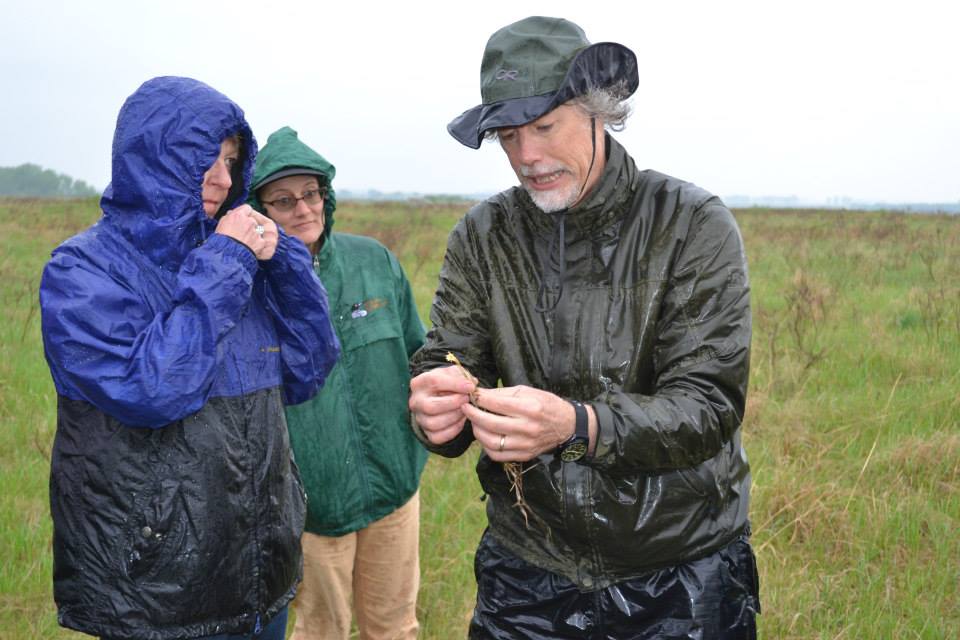
For the past 10 years, the MMN program has trained volunteers all across the state and in turn, these MMN volunteers have led many public programs, lent a helping hand in communities, county and state parks to help with the conservation of our precious natural resources. “My favorite thing about my job is getting to know all the people who are passionate about natural resources (in their own way) across the state,” said Amy Rager, Program Director.
After 40 hours of instruction, 2 field days and a capstone project – these sixteen graduates of the Minnesota Master Naturalist Volunteer program will begin applying much of what was learned out in their own communities. As trained docents of our natural surroundings, your path may cross their path at a local State Park, County Park or even possibly leading a CURE Events & Adventure.
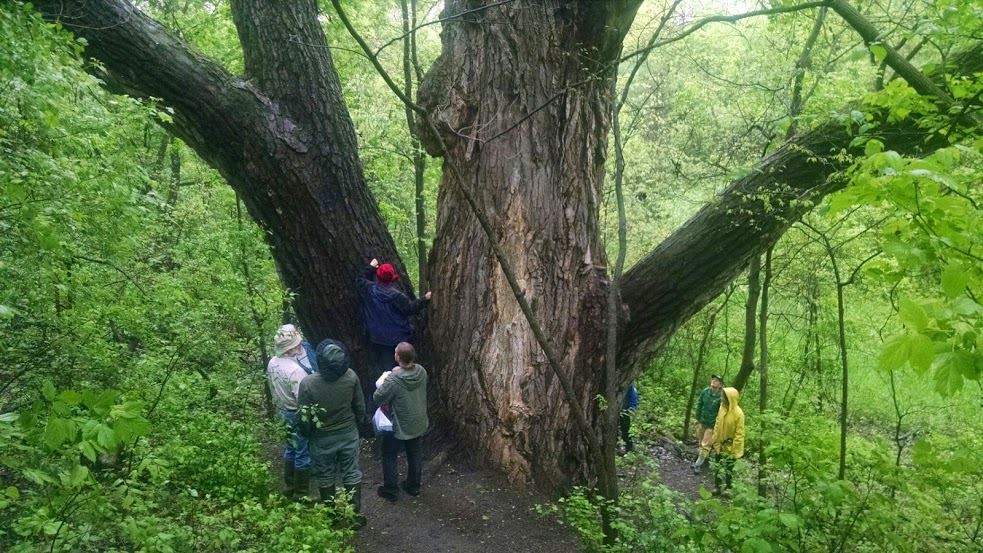
This course was led by MN Master Naturalist instructor, Kylene Olson, and assisted by the director of the MN Master Naturalist program, Amy Rager. The class was very successful and CURE looks to host another class in 2016.
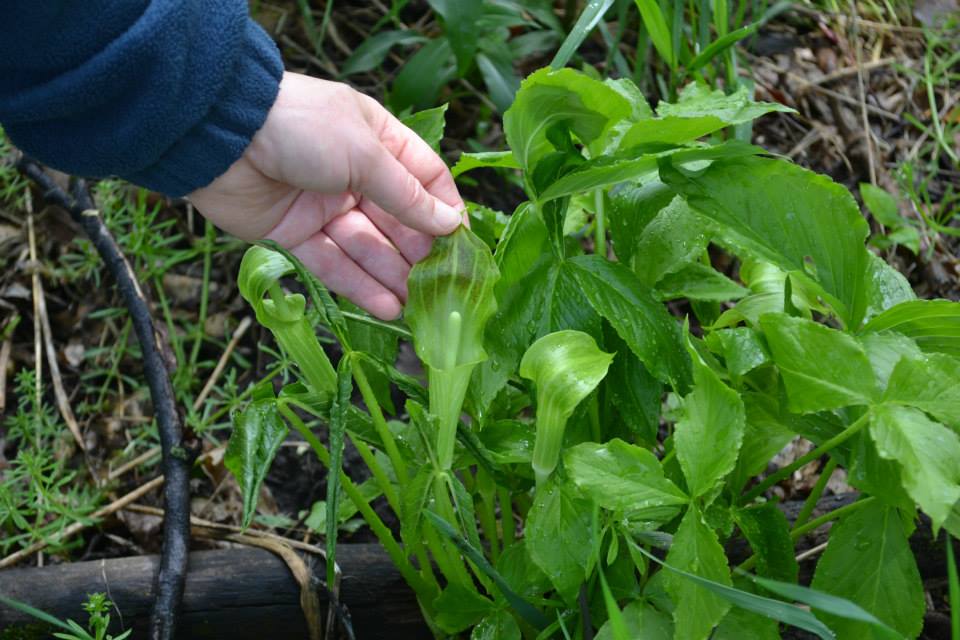
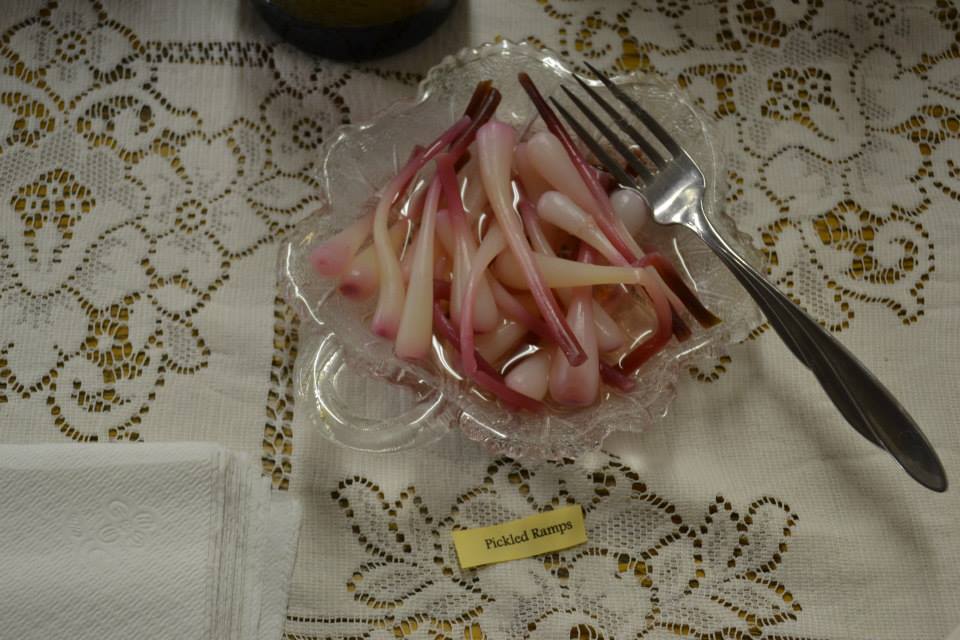
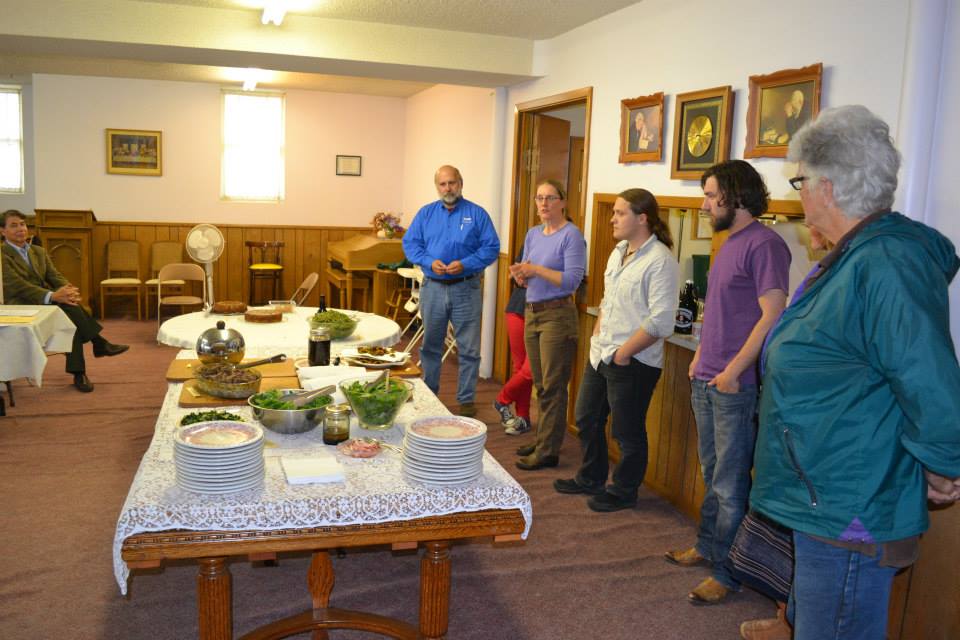
For more information about the Minnesota Master Naturalist Volunteer program, please visit www.minnesotamasternaturalist.org
For upcoming CURE Events & Adventures scheduled in 2015, visit the CURE Events & Adventures Facebook page.
Blog post and photos by Peg Furshong, CURE’s Events and Adventures Coordinator.

